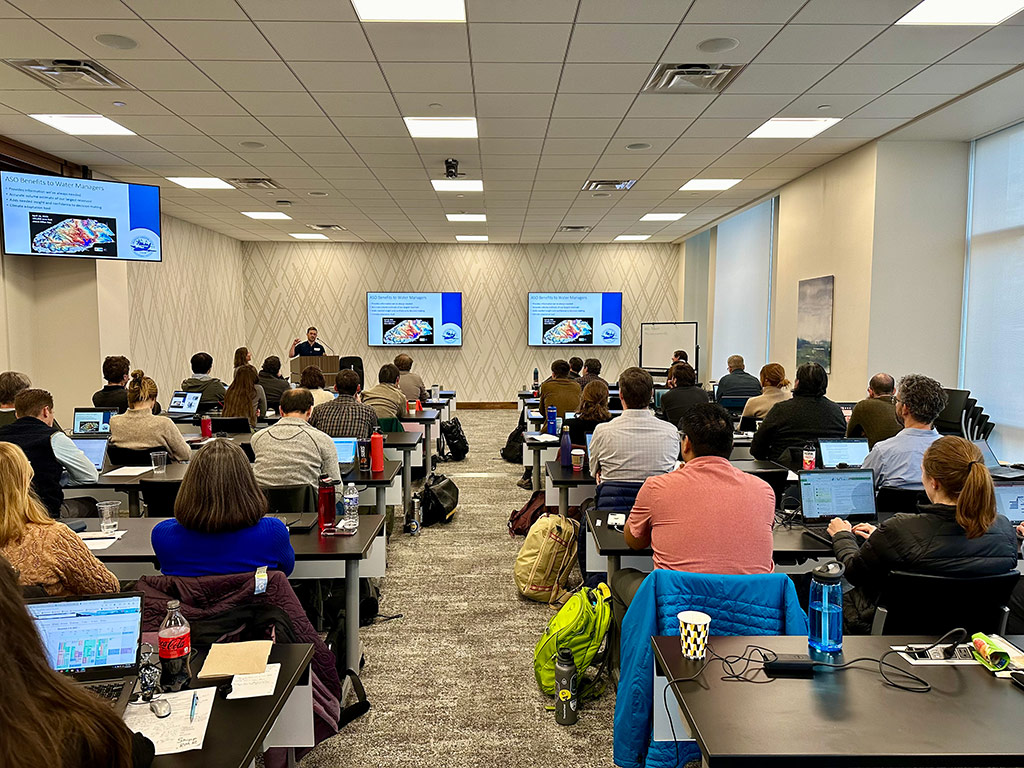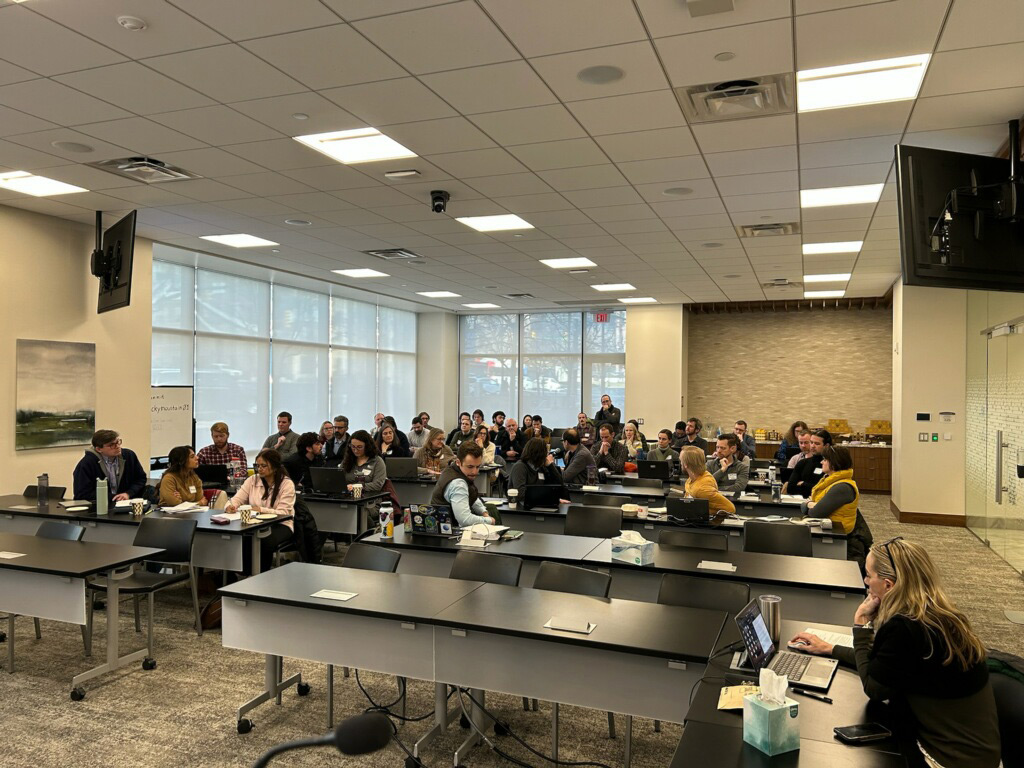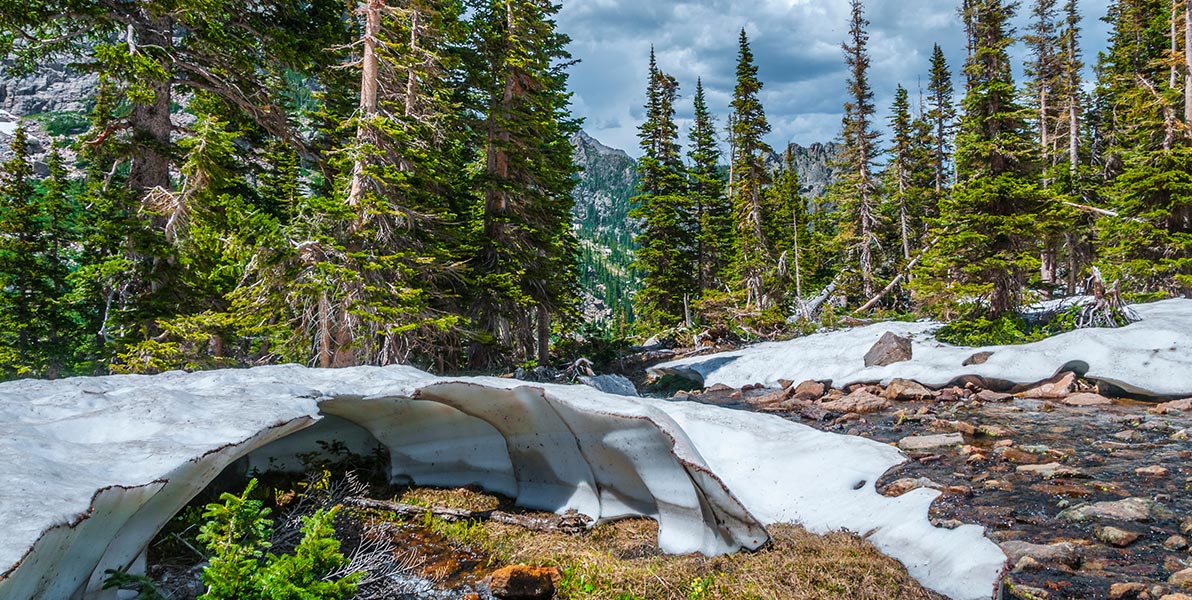Annual hydrology is like fingerprints – unique and never the same. And climate impacts have made the study of hydrology even more complex in recent years. Capturing this variability is indeed an art — and a lot of work.
When it comes to the Colorado River, this variability became increasingly apparent as early as 2004. That’s when the Bureau of Reclamation’s (Reclamation’s) Lower Colorado Region initiated a multi-faceted research and development program aimed at understanding potential future inflow scenarios for Colorado River planning studies. This effort was focused on two key areas:
- Collaborating with other federal agencies and universities to conduct research to gain a better understanding of the impacts of climate change on the Colorado River system
- Improving Reclamation’s decision-support framework
A final report was published as an appendix to the 2007 Interim Guidelines. Among other things, it recommended that Reclamation continue to work with the larger scientific and research community to better understand the impacts of climate change.
This collaboration and commitment to enhanced understanding of the system continued through the 2012 Colorado River Basin Water Supply and Demand Study. The ongoing historic drought and scientific advancements also prompted the Colorado River Basin states to organize a work group, relying on members’ understanding of the system and collective resources to advance a decision-support framework.


These initial efforts were the foundation for the Colorado River Basin Climate and Hydrology Work Group (Work Group), officially established during an inaugural symposium in 2018 with the goals of:
- Advancing the scientific understanding of hydrologic processes to improve the accuracy of hydrological forecasts and projections
- Enhancing the performance of predictive tools
- Better understanding the uncertainty related to future supply-and-demand conditions in the Colorado River Basin
After it was established, the Work Group’s first priority was to document the current state of climate and hydrology knowledge in the Colorado River Basin, including decision-support tools. This led to the development and publication of the Colorado River Basin Climate and Hydrology State of the Science report in April 2020.
CAP is an active Work Group participant and is currently participating in several Work Group-funded projects to:
- Explore the possibility of adopting remotely sensed evapotranspiration data products into operational modeling for the Colorado Basin River Forecast Center
- Investigate spring precipitation variability over the Upper Colorado River Basin to assess seasonal predictability
- Develop novel methods and data for quantifying diversions and uses in the Basin
CAP also actively engages with Arizona State University (ASU) and incorporates ASU research into the Work Group. CAP has a long history of collaboration with ASU as both work to better understand the hydrologic response in the Colorado River Basin into the future. Current ASU research is exploring and identifying key Colorado River sub-basins to monitor short and long-term changes to distinct triggers, such as low sub-basin flows or soil moisture.
The Work Group meets annually to discuss current research and findings and to evaluate present and future priorities. The group members have effectively maintained transparent conversations about Colorado River Basin climate and hydrology, bridging agencies throughout the Basin, and will continue to play an important role as we move into new, post-2026 operating policies.
KRA: Water Supply
Providing a reliable CAP water supply for the short- and long-term


